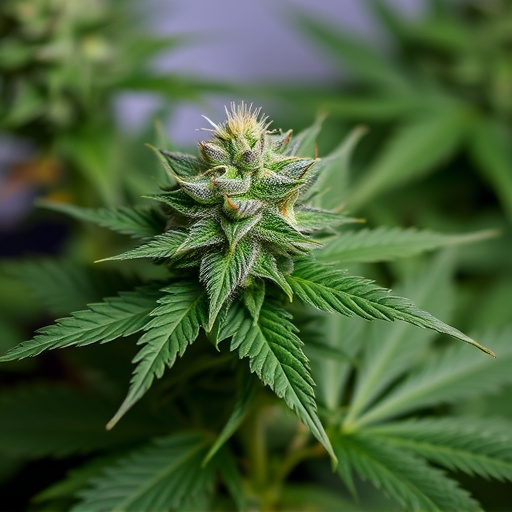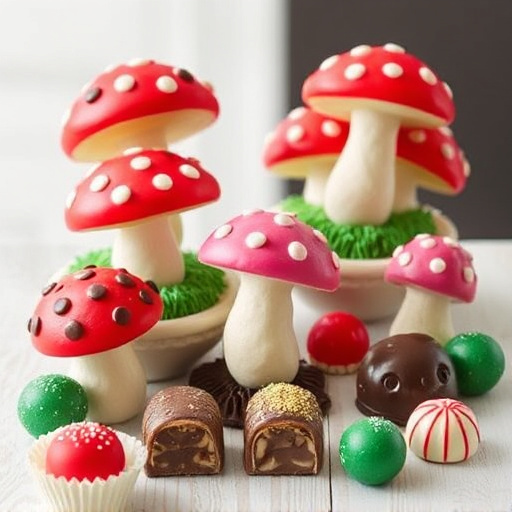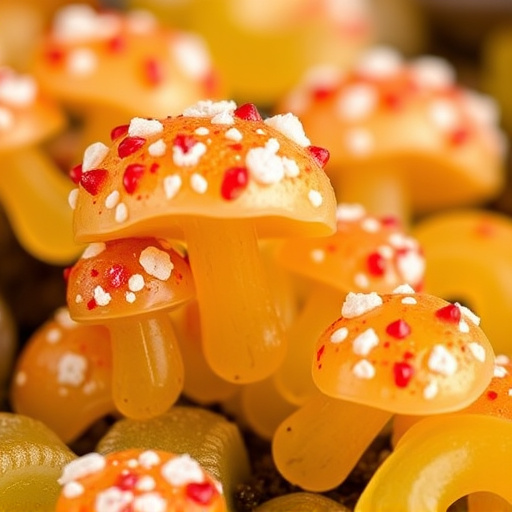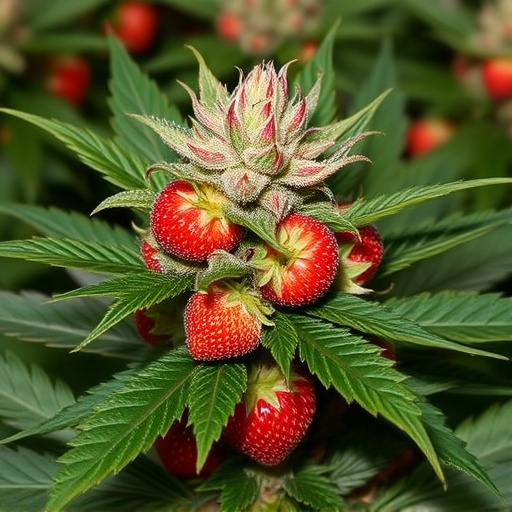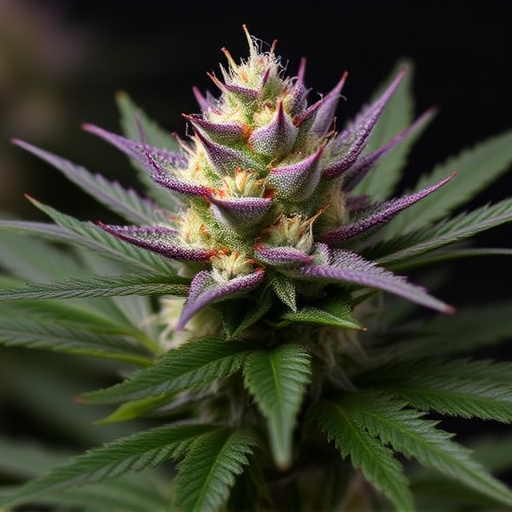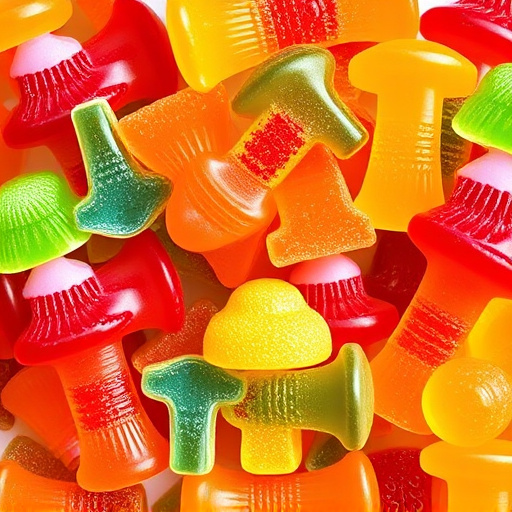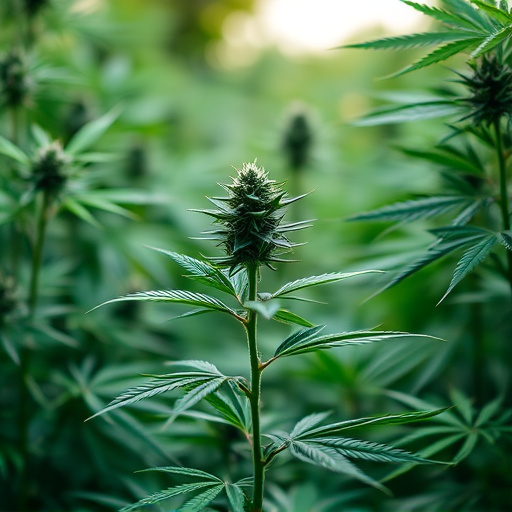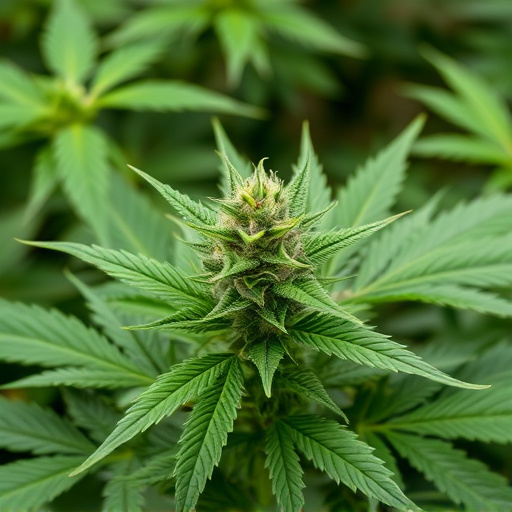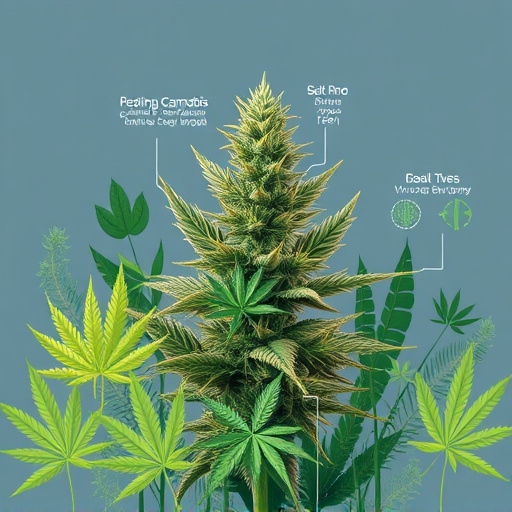Preparing medical cannabis flowers for decarboxylation is essential to unlock their therapeutic potential. This involves selecting specific strains, trimming leaves, and curing the flowers before applying heat at 230-245°F (110-120°C) for 30-60 minutes, either using an oven or alternative methods like dehydrators, slow cookers, or microwaves. Experimentation is key to achieve optimal activation and potency for each strain.
Learn the art of decarboxylating cannabis flower to unlock the full potential of your medical strains. This process, essential for both recreational and medicinal users, involves transforming raw cannabinoids into their active forms. In this guide, we’ll walk you through the science behind decarboxylation, help prepare your cannabis flower, and explore effective methods tailored for various medical cannabis strains. By the end, you’ll be equipped with the knowledge to enhance your cannabis experience.
- Understanding Decarboxylation: The Process and Its Purpose
- Preparing Your Cannabis Flower for Decarboxylation
- Methods and Tips for Effective Decarboxylation of Medical Cannabis Strains
Understanding Decarboxylation: The Process and Its Purpose
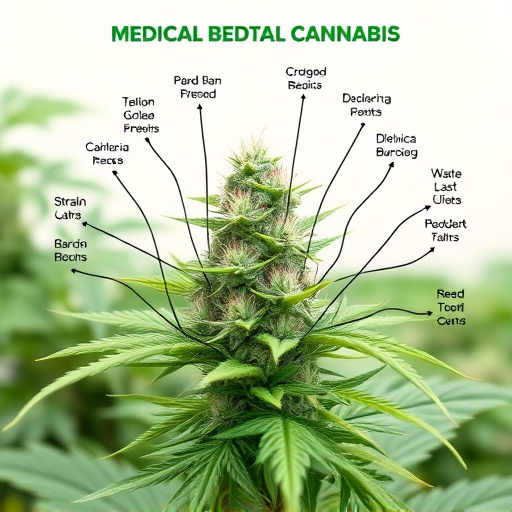
Decarboxylation is a critical process in preparing and harnessing the full potential of various strains of medical cannabis. It refers to the chemical transformation that occurs when cannabis flowers are exposed to heat, causing the conversion of its raw compounds, notably THC (tetrahydrocannabinol) and CBD (cannabidiol), from their acid forms (THCA and CBDA) into their more bioavailable active compounds. This process is essential as it ensures that when you consume or infuse cannabis, these compounds are effectively absorbed by your body.
The purpose of decarboxylation is to make the cannabinoids more accessible to our endocannabinoid system, which plays a vital role in regulating numerous physiological processes and maintaining homeostasis within our bodies. By heating the cannabis flowers, we accelerate the natural process that occurs during drying and curing, making the active compounds readily available for consumption through methods like smoking, vaping, or creating edibles and topicals. This is particularly important for patients using medical cannabis to manage various conditions, as it ensures optimal efficacy and a more predictable therapeutic effect.
Preparing Your Cannabis Flower for Decarboxylation
Preparing your cannabis flower for decarboxylation is a crucial step in unlocking the full potential of medicinal properties within various strains of medical cannabis. This process involves several simple steps to ensure optimal results. First, carefully select your desired strain, considering its unique therapeutic benefits and effects. Different strains of medical cannabis have distinct chemical profiles, so understanding their characteristics will help guide your preparation.
Once chosen, properly trim and cure your cannabis flower. Trimming removes any excess leaves, improving the efficiency of decarboxylation while curing ensures the flower is dry and resilient, allowing for uniform heat application. By taking these preparatory measures, you’ll be well-equipped to decarboxylate your cannabis, unleashing the powerful compounds that contribute to its medicinal value.
Methods and Tips for Effective Decarboxylation of Medical Cannabis Strains

Decarboxylating cannabis flower is a crucial step in preparing medical strains for consumption, ensuring optimal efficacy and potency. There are several effective methods to achieve this process successfully. One popular approach involves using an oven, setting it to a precise temperature range (typically between 230-245°F or 110-120°C) and baking the ground cannabis for approximately 30-60 minutes, depending on desired activation level. This method offers consistent results, but requires careful monitoring to avoid over-decarboxylation.
Alternative techniques include using a dehydrator, which provides more control over temperature and time, or even a slow cooker for a gentler approach. For those prioritizing speed, a microwave can be employed, though it may yield less uniform results. When working with strains of medical cannabis, consider factors like moisture content, desired potency, and personal preferences to select the most suitable decarboxylation method. Experimentation is key; each strain may require slight adjustments to these parameters for optimal activation.
Decarboxylating cannabis flower is a vital step in preparing medical strains for consumption, ensuring maximum efficacy. By understanding the process and implementing effective methods, patients can harness the full potential of their cannabis treatments. This article has guided you through the essential aspects of decarboxylation, empowering you to make informed choices regarding your healthcare. Now, with this knowledge, you’re equipped to navigate the world of medical cannabis preparation.
